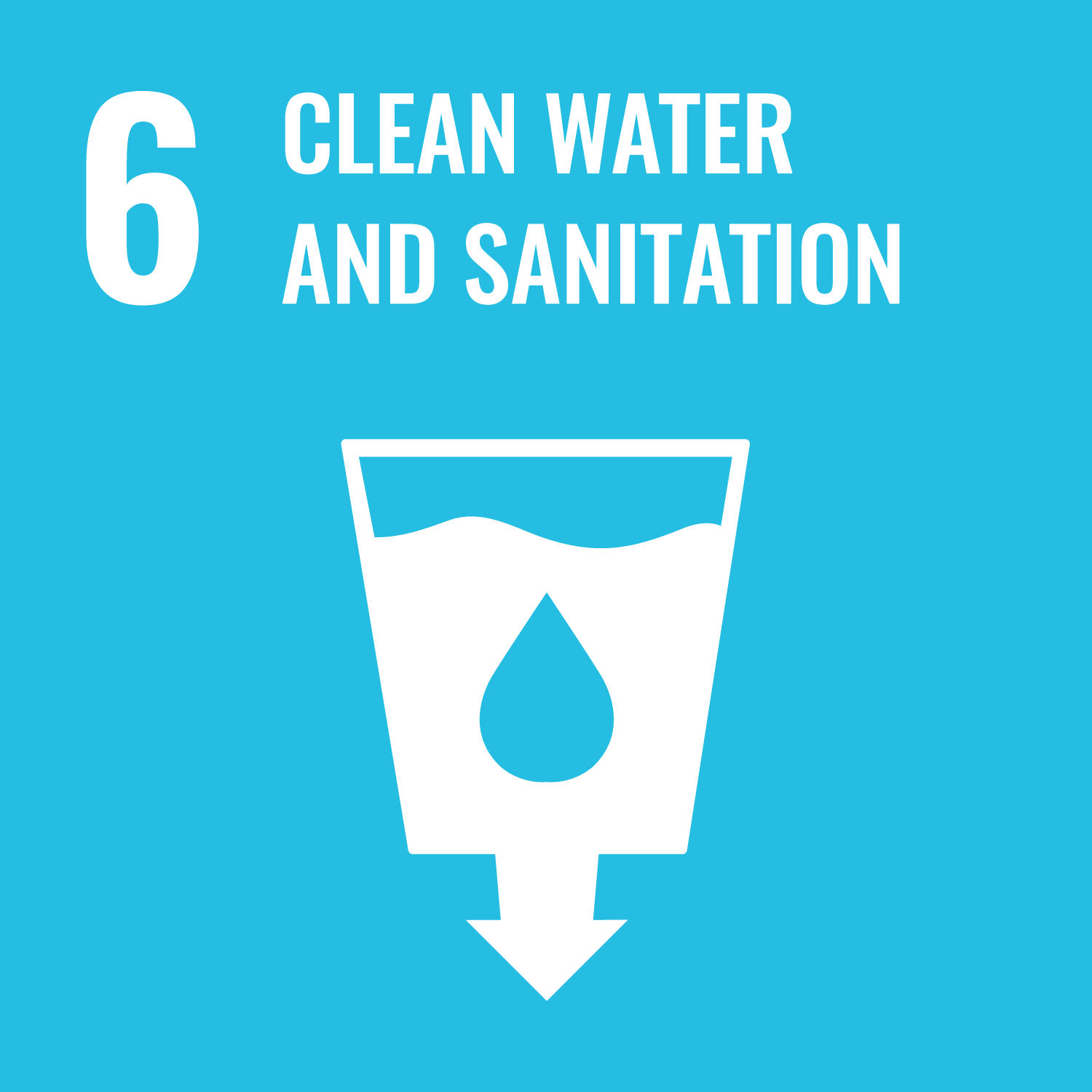ORCID
- A. Smith: 0000-0001-9722-282X
Abstract
The international rollout of advanced metering infrastructure (AMI) in the residential water supply sector affords tremendous benefits in driving water-use efficiencies, accurate billing and network management (e.g. leak detection). AMI, using ‘smart meters’ fitted at a dwelling level, record water consumption at high temporal resolution. Since water is typically only consumed when householders are present, these data could offer a non intrusive means of inferring dwelling occupancy patterns. These insights could have a range of benefits dependent upon the spatiotemporal scale and the intended application – our interest is in the potential of these data to identify dwelling type, specifically to identify dwellings that have occupancy patterns associated with tourism, such as second homes or short-term holiday rentals. We focus on these data in a UK context and draw on data rarely available for academic research. Our data relate to a sample of dwellings in Devon and Cornwall, South West England. They capture high-temporal resolution water consumption during Covid-19 ‘lockdown’ and ‘staycation’ periods, providing a unique opportunity to demonstrate that these data can reveal the unusually pronounced property-level occupancy trends evident during this period. We apply Non-Intrusive Occupancy Monitoring (NIOM) to extract dwelling-level occupancy status (occupied/unoccupied) on a day-by-day basis. We group properties according to their occupancy trends, inferring a set of properties that exhibit occupancy characteristics associated with tourism. We demonstrate that these show correspondence with underlying in dicators of tourism activity, drawn from AirDNA records of short-term tourist rental properties in this area. Ongoing global rollout of AMI means that these data will be routinely available at the dwelling level and we reflect on the benefits they could provide in generating near real time insights into dwelling occupancy. Drawing on our collaboration with the Office for National Statistics (the UKs national statistical institute) we outline the considerable potential that these data and approaches could offer in the collation of small area housing and tourism statistics.
DOI Link
Publication Date
2023-01-01
Publication Title
Computers, Environment and Urban Systems
Volume
105
ISSN
0198-9715
Acceptance Date
2023-08-23
Deposit Date
2023-08-31
Embargo Period
2023-09-02
Recommended Citation
Newing, A., Hibbert, O., Van-Alwon, J., Ellaway, S., & Smith, A. (2023) 'Smart water metering as a non-invasive tool to infer dwelling type and occupancy – Implications for the collection of neighbourhood-level housing and tourism statistics', Computers, Environment and Urban Systems, 105. Available at: 10.1016/j.compenvurbsys.2023.102028


